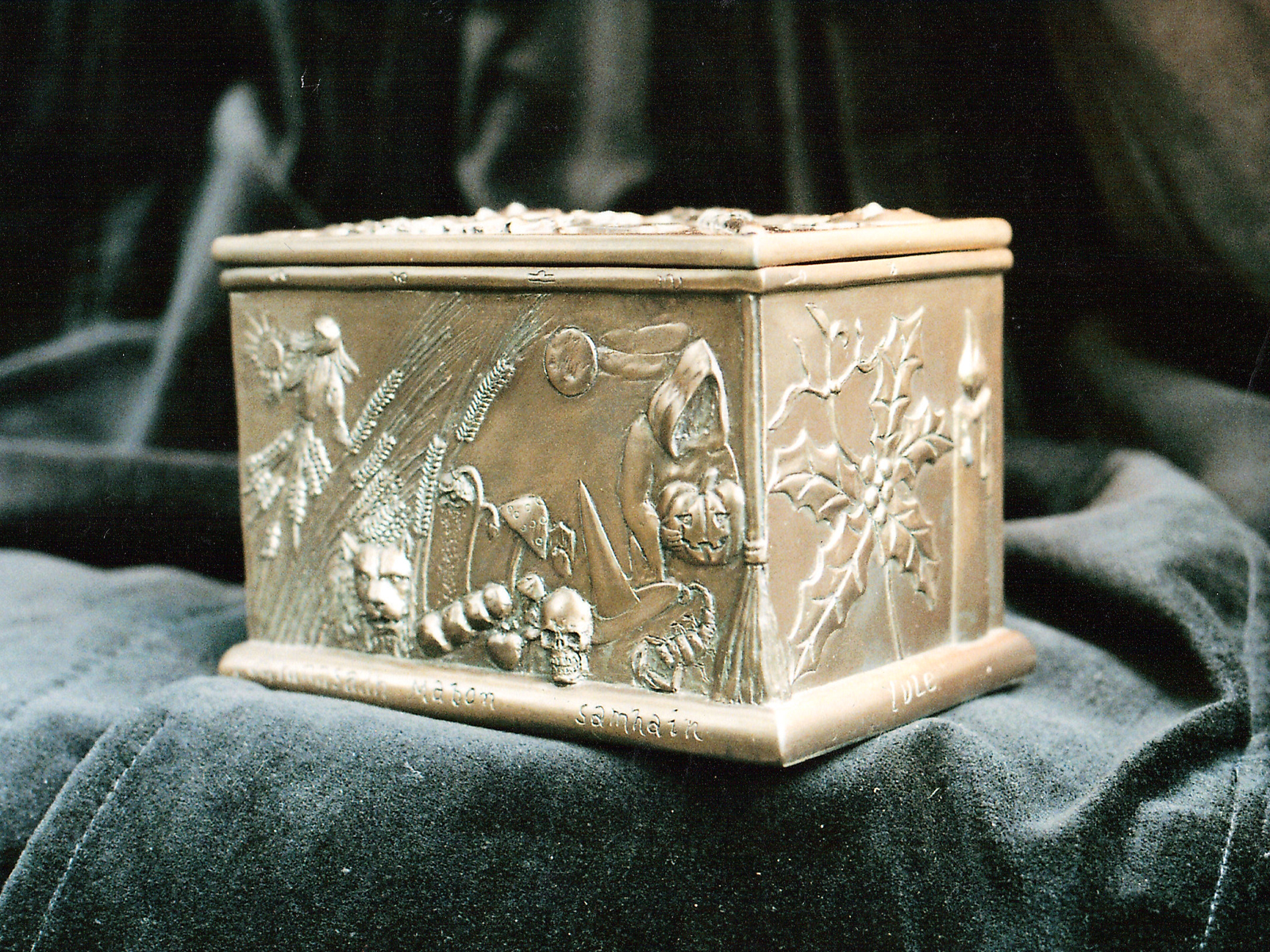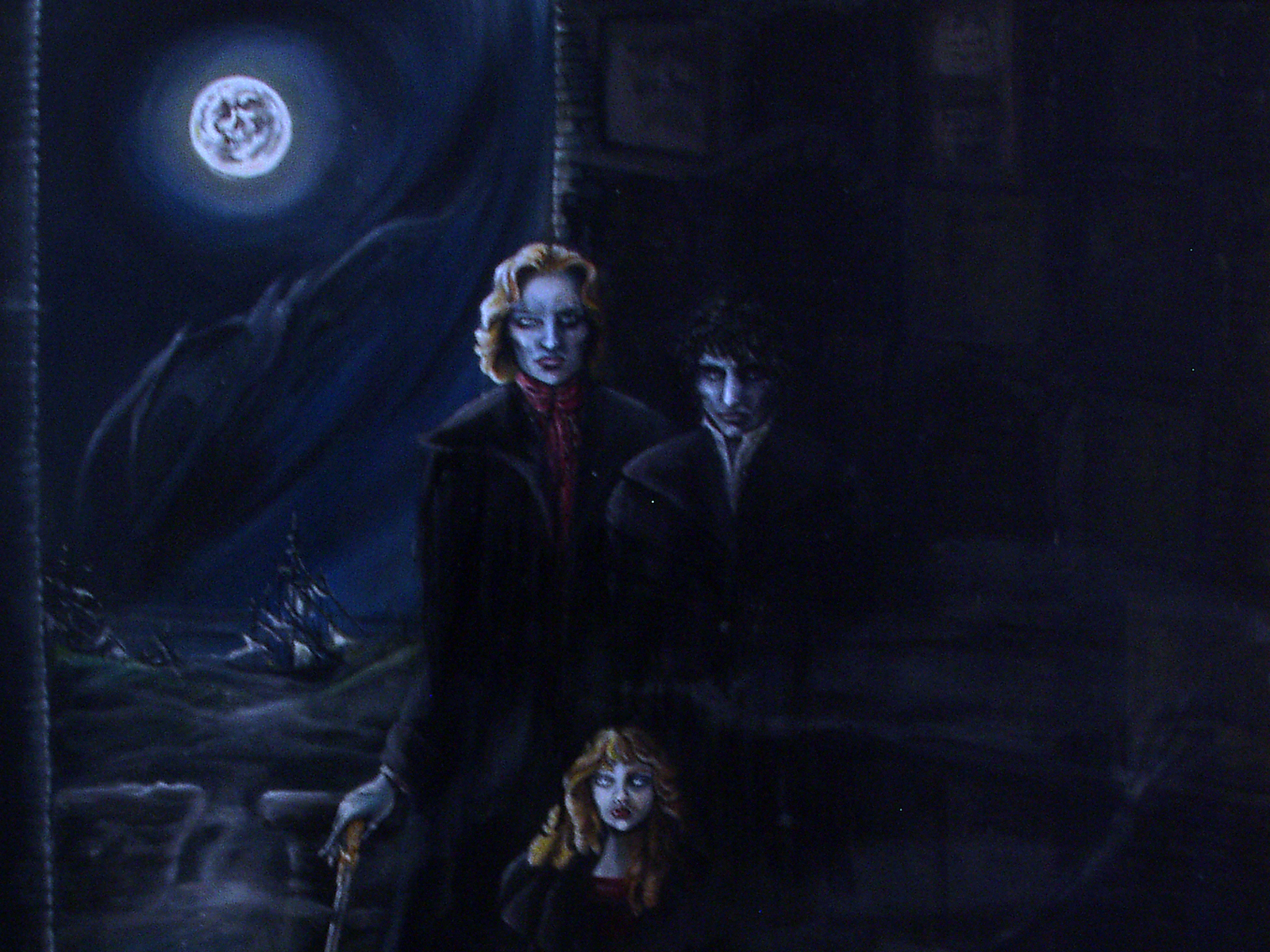Myths
Myths
BACCHUS
Dyonysus was the offspring of Semele, his mortal mother and Zeus his immortal father of the gods. The semi mortal child was brought up in secret in safe guard of the goddess Hera’s jealousy. Together with Persues, Bacchus was another of Zeus’s many sons born to a mortal woman. Again similar to his half brother he too had a narrow escape of death from the jealous Hera, by defiantly reaching adulthood.
Bacchus’s protectors were the nymphs of Mount Nysa appointed by Zeus to protect his son until reaching maturity. The nymphs made him into their brother lavishing him with love and teaching him the arts, singing, dancing and crowning him with laurel leaves.
Dionysus was the god of agriculture and wine and was the last god to join the twelve Olympians. He was the mythological founder of the grape and its magic to alter man’s state of mind. The fruits magic to induce a lack of inhibitions and hidden emotions of frivolity, also inflicting mania, melancholy and madness.
Both euphoric pleasure the experience of pain as in a hangover, Bacchus declaring the after affect indeed to be truly worth it. His gluttony indulgence of wine and merriment would see him associated with an ass, his faithful watcher, said to have aided his drunken state safely down Mount Nysa back to his Muse guardians. In Roman literature and mythology he is known as Dionysus.
Bacchus became the source figurehead of mans euphoric contentment or a selfish path of the demon drinks on that road to hell. Where one side of Bacchus shows a joyous, spoilt, merrymaker, the other is surly, volatile, self indulgent and megalomaniac.
Because of his lavish indulgence, freedom loving colourful nature, surrounded by love and beauty. Bacchus has now become a celebratory figure for festivals of wine, song, dance and orgies. Today Bacchus is an advocate, worshipped around the world for, seasonal, fertility festivals throughout towns and villages in celebration of harvesting the wine and grain from the land.
Mythological Beasts
FAUN- Satyr – PAN
Native to Arcadia, crossed between a man and a goat with the legs and horns of a goat and pointed ears. His mother Penelope was raped by the god Hermes in the form of a goat. He has a humorous and musical temperament, with a free loving curious intelligence, living amongst timeless forests and overlooking panoramic mountainous heights and down into the valleys. Pan is the protector of shepherds, goat herders and their flocks. He bears powers of illusion, which to his own amusement can be inflicted upon annoying humans. Pan is an ardent and fertile deity with a special interest in nymphs.
He is said to be the inventor of the Syrinx or “Pipes of Pan”. The spirit of agricultural fertility – faunus. A more handsome, graceful character to those of hairy, hefty satyres. The word `panic, originates from his name. Statues are place amongst the land and property, for farming and vineyards the grape and grains, encouraging the fertile growth of the land and its produce. They are social celebratory musical charmers rejoicing in dance, enchantingly singing with Pan playing his pipes.
MINOTAUR
In a lost play by Euripides, it tells the story of Minos of Crete who was the son of Phoenician-born Europa and Zeus. Within his lifetime he won numerous islands, ruling over them and his cities. Minos sought the hand of Pasiphae ( the all radiant one) she was the sister of enchantress Circe. With her hand he would gain the throne to that Kingdom. To impress the Cretans Minos announced of how the gods listened to his prayers and so shall they be answered. The Cretans put Minos to the test by instructing him to ask the Lord of the Oceans Poseidon to send him a bull. Minos prayed for the bull, which in turn should be sacrificed back to Poseidon, in honour of the sea god. Minos was sent a magnificent white bull, which rose out of the parted sea. In awe of this beautiful beast Minos replaced it with an ordinary bull for sacrifice. Impressed by his influence with the god Poseidon the Cretans elected Minos as their king. Angered by Minos’s insult to sacrifice an inferior beast, Poseidon in revenge made Pasiphae conceived a passion to fall in love with the white bull, to worship and lavished affection upon the beast. The inventor Daedalus and the creature of life- like statues was ordered by Pasiphae to construct a life-size bull which was hollow inside where she offer herself to the enormous amorous bull. Her purpose was to become impregnated. Their fulfilled union conceived the birth of a hybrid with a giant human body fired with the strength of a beast and the head of a bull with huge wide horns. The Cretans named it the legendary monster the Minotaur, after Minos who instigated the birth and fate of the beast. The Minotaur was deadly, possessing a volatile, carnivorous hunger. Minos ordered Daedalus to construct a labyrinth where Pesiphae’s monstrous lovechild could be imprisoned. Androgeus was Minos son and a brilliant athlete who competed at the Olympic games in Athens, winning many events. The Athenians were angered by the youth’s brilliant will of strength to win and responded by trying to bar him from future events.
When this failed they cut Androgeus’s throat. In revenge for his son’s death, Minos lay siege to the Athenians, reaping destruction on their city. A truce was finally declared, on condition that the Athenians would send every ninth month seven beautiful girls or handsome youths to be sent to Crete where one by one they descended down into the passages of the labyrinth as prey to meet their fate.
After twenty five sacrificial years the King of Athens Aegeus, grew angry, bitter and tired of all these young deaths and with the wish of his son Theseus took one of the victims places in order to terminate the minotaur. Theseus promised his father that on triumph and return, the ships black sails would be replaced by white, to show his success.
Upon entering the labyrinth the daughter of Minos, Ariadne, caught sight of the brave Theseus and fell in love with him. In his aid she gave him a ball of thread, which inside concealed a knife. Theseus explored the dark endless passages until he heard the charge of the beast. Theseus caught one of its horns, thrusting it to the ground twisting its neck and stabbed him through the heart. The thread led him back to the opening where the warrior was met by Ariadne. She left what she knew and sailed away with him. Homewood bound they stopped at Naxos. Waiting for Ariadne to fall asleep on the beach, Theseus abandoned the women who saved his life and set sail for his home where his distraught father awaited on his sons fate.
Adriadne’s grief attracted the god Dionysus who took her for his consort, (Although Homer tells a different story of how Ariadne had abandoned her immortal husband Dionysus in favour of Theseus). In grievance Dionysus denounced her to Artemis. In revenge for Ariadne’s rejection and deceit Artemis struck her down with a mass of arrows. Forgetting his promise to his father, Theseus forgot to replace the black sails with white. On seeing his son’s ship with its usual death black sails he presumed his sons failure and death and threw himself off the cliff, now named and known as the Aegean Sea.
DRAGONS’
Flying serpents deriving from the Greek word draca for serpent. Many possess inflammatory glands delivering bursts of warning flames, They are usually employed by wizards as guardians to treasures.
The Chinese consider dragons fortunate and are born under the elements, fire, earth, air, water, The Oriental dragons of the north, south, east and west. Fei Lin controls the winds. Lord of all dragons is Celestial Lung, who during spring and summer live in the air and during the autumn and winter reside beneath the ocean.
GRIFFINS, Griffons, gryphons.
A beautiful creature found in Classical art. A divine yet vengeful creature represented as knowledge and protection with claws of defiance.
They were said to originate from the desert Middle-Eastern countries with snake and birds descriptive variations.
The offspring of eagles and lions with the bodies of lions, the wings and heads of an eagle on the body of a lion and the pointed dog like ears.
Griffons are usually eight times larger than a lion. They display feathers upon their wings, chest and head with a serpent’s tail. They drive the chariot of various gods.
Griffons were believed to have guarded the gold and riches of the Hyperboreans, the dwellers in the unknown region of the north.
During the middle ages they were taken over from the ancient bestiaries and made to serve various symbolic purposes. The twenty-ninth canto of Dante’s Purgatorio, tells of a triumphal chariot symbolising the Church, with two wheels symbolising the Old and New Testament. Drawing the chariot are the gryphons representing Christ and his divine nature.
Without doubt it was Lewis Carroll that made the majestic creature famous to the twentieth century in Alice Through the Looking Glass.
PHEONIX
The phoenix is a beautiful, Eastern Mediterranean, majestic bird. The Phoenicians named their country in honour of the phoenix. He is the bird of Jehovah and is ruled by the brilliance of the sun.His plumage has been described in various contexts from vibrant burnt umbers into deep scarlet, infringed with gold and iridescent tinges of purples greens and blues.
God bestowed him with the gift of resurrection, The Phoenix bears a various lifespan depending on his past and present instruction and services he has be called upon. He is the master of his own fate, destruction and rebirth. When he is tired and weary or life’s cycle is ending, the phoenix collects branches from the tree and builds a nest around himself. He flaps his giant wings and ignites into combustion. As the flames die down, the old bird dies and the baby young bird emerges to begin its new life’s cycle. The old phoenix retains his soul and is said to settle into lost temples in the Middle East, until future regeneration when his soul soars once again.





Leave A Comment
You must be logged in to post a comment.